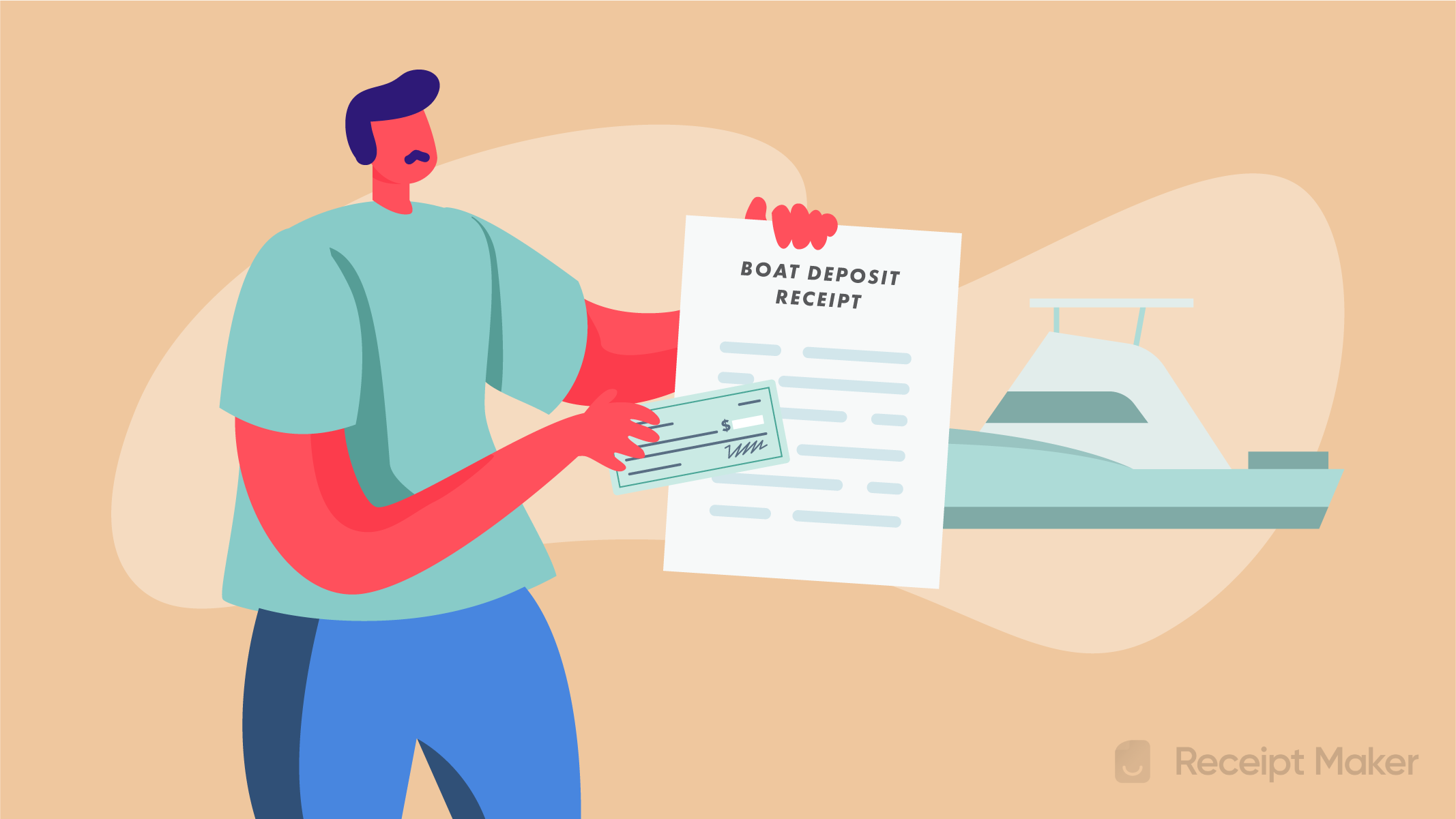A boat deposit receipt is a record of payment provided to the buyer of a boat or other watercraft by the seller. A deposit secures the sale of the boat before a purchase agreement is negotiated and executed and final payment is made. This receipt can apply to all of the following watercraft:
- Canoes;
- Catamarans;
- Kayaks;
- Jet skis;
- Motor/powerboats;
- Rowboats;
- Sailboats;
- Skiffs;
- Tugboats; and
- Yachts.
The deposit receipt states identifying details about the boat such as the make and model, year, title number, hull ID, and odometer reading. It includes personal information about the buyer and seller as well.
Most importantly, the receipt identifies the total cost of the boat, the required deposit, the type of payment, the date, time, and location of payment, and whether the seller owes the buyer any change. If the seller owes change, it is delivered to the buyer with the physical deposit receipt.
When a watercraft is worth $40,000 or more, it’s advisable to engage a broker at a local marina to assist with a sale.
Typical Deposit on a Boat
Generally speaking, most boat sales require a deposit that reflects 10% of the total purchase price. Most often, they are non-refundable.
When it’s time to submit a deposit, it’s wise for buyers already to have the total purchase price funds at their disposal or have a loan confirmed for the remainder of the purchase price. Showing proof of ability to pay the full price gives sellers confidence in the negotiation.
There are three recommended ways for sellers to hold deposit funds until the completion of a sale:
- Create a joint bank account between the buyer and seller;
- Pay the deposit directly to the seller; or
- Utilize a third-party escrow account.
It’s advisable for a seller and buyer to enter into a boat purchase agreement or to produce a boat bill of sale. These documents serve as formal agreements to establish in writing any negotiated figures, payment schedules, and rules for the sale. These documents can specify the exact purchase price and deposit amount.

